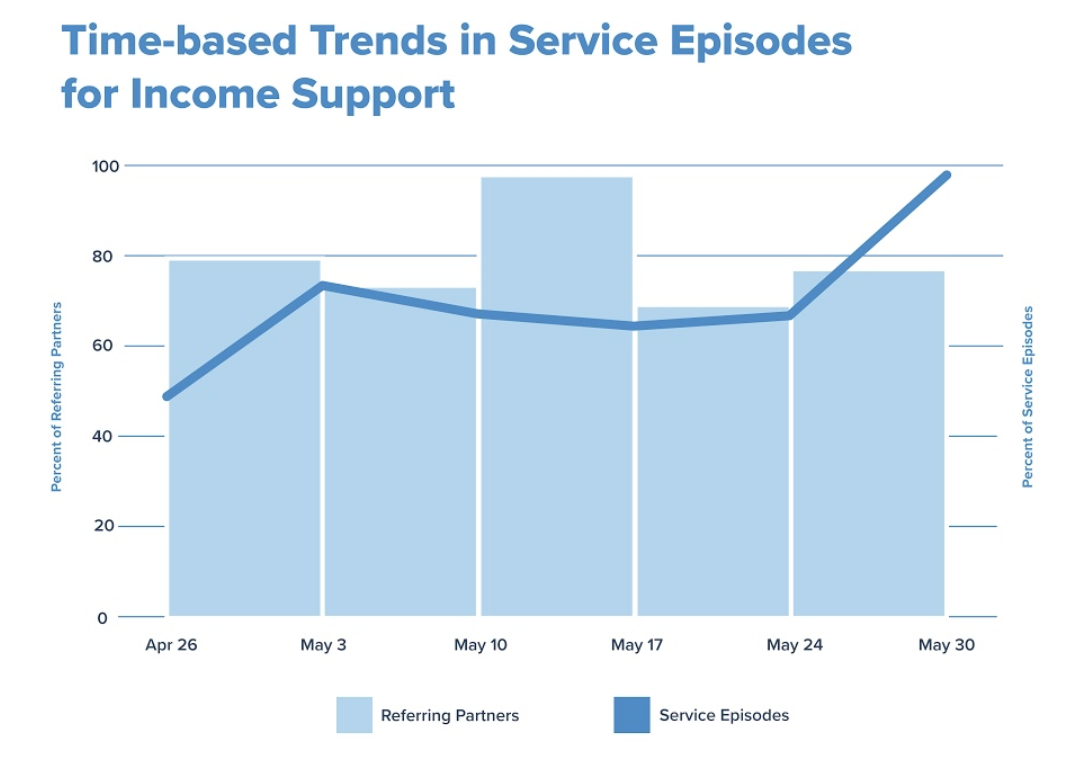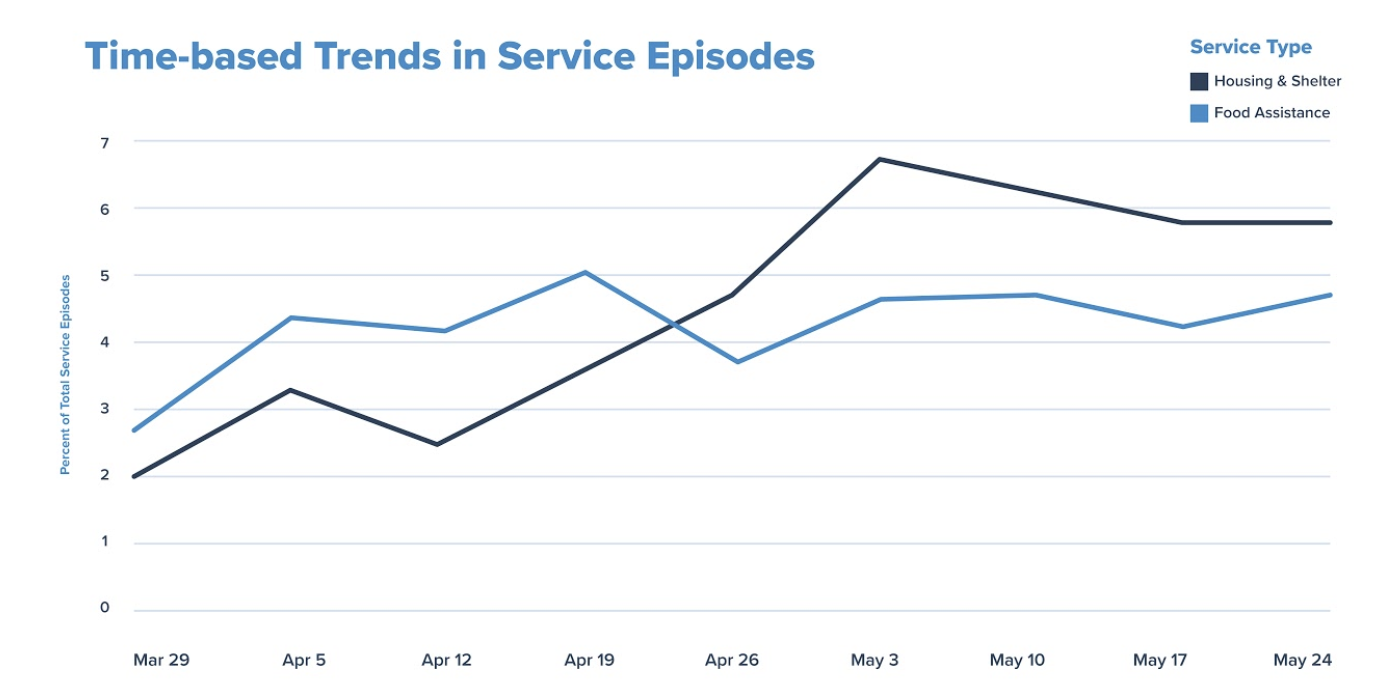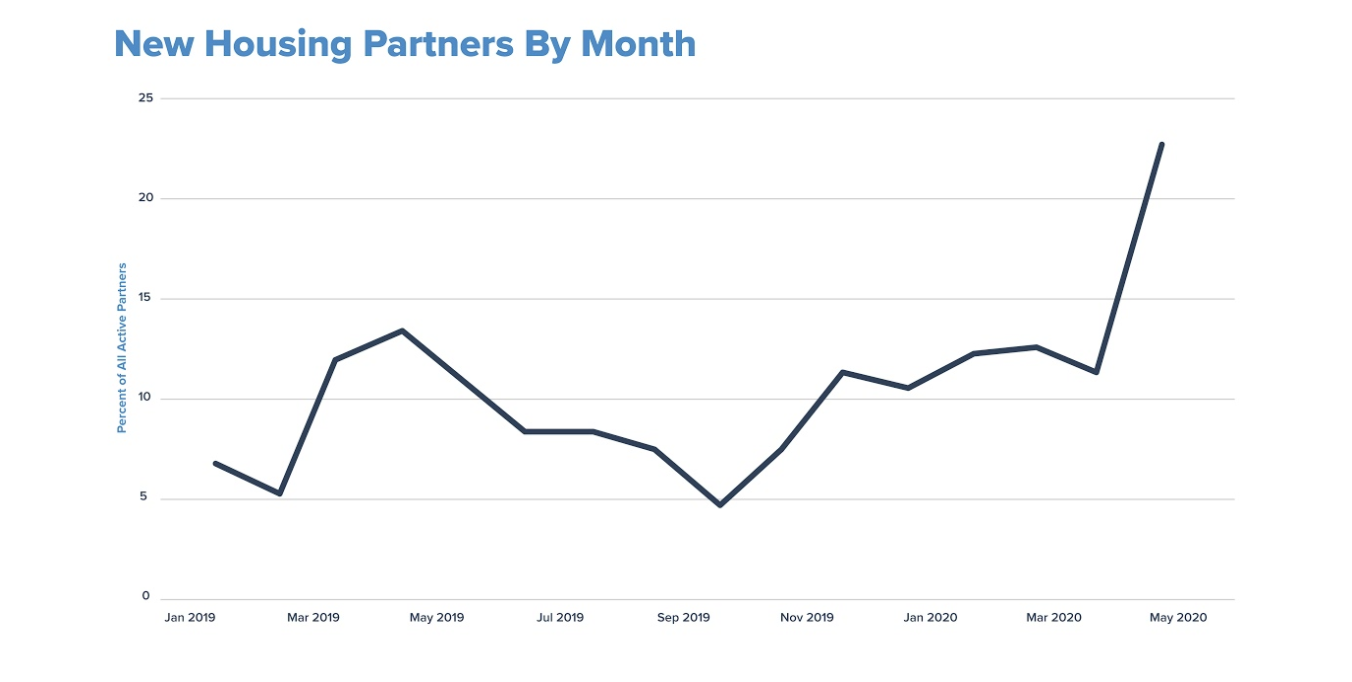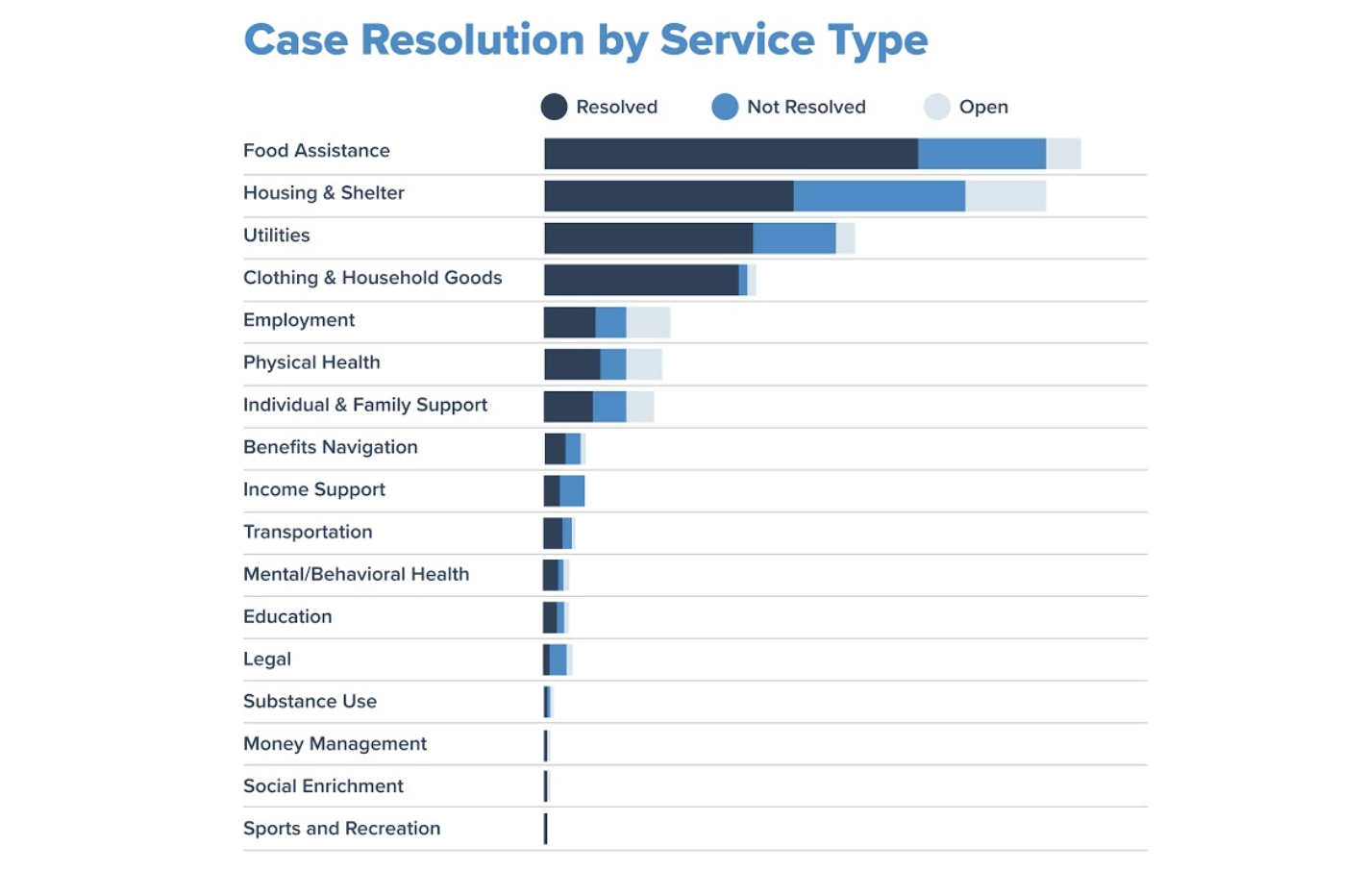
Let Data Guide Community Reinvestment Strategies
As states and communities look to redistribute funding in response to outcries of systemic, institutionalized racism and inequities in public safety, economic opportunity, and health, how leaders make decisions about those investments has never been more critical. Insight into where social care services are not only needed, but where outcomes are delivered, is vital information for both public and private leaders to make data-driven decisions that direct resources and funding.
With the potential for future pandemics, which we know only exacerbate these disparities, data should be a driver for uprooting historical, systemic racism and inequities in community health, well-being, and personal and public safety.
COVID-19: An Opportunity to Build Healthy, Resilient Communities
With networks operating in over 35 states, our platform has a national view of how COVID-19 impacts those individuals and communities already struggling with access to care. It’s no surprise social needs are on the rise due to the economic fallout from COVID-19. Media photos of cars lining highways waiting for food banks are powerful storytellers of the painful spike in social needs felt by so many in our country right now. And the worst may be yet to come, as Congress debates a fourth stimulus package and waves of the virus hit more and more regions across the country.
How Can Leaders Use Data to Build Resilient Cities, States, and Regions?
Nationally, data from our network continues to show sharp spikes in certain service types since March 11, when the World Health Organization declared COVID-19 a pandemic. While we saw an initial increase in referrals for food assistance, income support, and individual and family services, we are now seeing a shift over time as new needs emerge. More agencies continue to join our networks to meet the growing demand for additional services. Since the end of April, the number of total unique network partners making referrals across all service types grew by 7.8% while client needs (number of unique service episodes) grew 19.4%.
Since our last analysis of national needs, we see a flattening of the original COVID-related requests for individual and family services and food assistance. Our data now shows a 64% increase in referrals for income support over the past month, indicating a shift in demand to support the unemployed. This obviously lines up with the national unemployment rate which has hit historic highs not seen since the Great Depression, with half of all Black Americans out of work, and Latinos suffering the highest rates of joblessness in the country.

Housing and shelter has surpassed food assistance as our most requested service type. Experts warn of a coming housing collapse as COVID-19-related eviction bans begin to lift. A staggering 30% of Americans missed their housing payments in June. Housing instability has significant health impacts on individuals under normal circumstances–the pandemic makes it worse. Government leaders will need to assess their capacity for supporting a large influx in housing insecure individuals and families in the coming months and years.

Throughout our network, data shows two times the average number of housing partners added in April compared to monthly trends before. While this jump over a month is promising, a long-term sustainable solution requires investment and innovation from all sectors.

Outcome Data on Services Delivered or Gaps in Service
Our partners use Unite Us data to accurately identify community needs. When we track referral outcomes by service type, we can determine where more partners are needed and whether there is a shortage of that service type in the community. While the goal of any network is to resolve 100% of active cases, reporting on all outcomes allows a network to identify strategic questions about any gaps. Is this gap due to an emergency situation and quickly resolved? Is it a sustained gap week to week? Are there key partners in that service area we have yet to recruit? Do we have an over-supply of one service type that is not serving our community? Does this sustained gap call for a reinvestment strategy?
An example from one of our regional networks:

Network partners are able to change their “program status” as either “accepting referrals” or “not accepting referrals” and can detail any reasons for an inability to accept referrals. This information, such as “lack of funding,” allows CBOs and networks to identify gaps even before they happen in a service episode, opening up the opportunity to strategize with public and private leaders on more timely interventions such as redistribution of funding.
The ability to drill down to service needs (referrals), ability to refer (program status), and outcomes (resolved and unresolved cases) across a network makes the Unite Us platform a dynamic tool in any leader’s toolbox. With our accurate and structured outcome data, our partners can make informed decisions and take action to effect change and address gaps in services. Public and private leaders know in real-time where to direct emergency funding and also how to plan long-term funding strategies that will build economic stability, positive health outcomes, and personal and public safety for their communities. Our vision is a public health infrastructure focused upstream to build healthy, resilient, and equitable communities.


